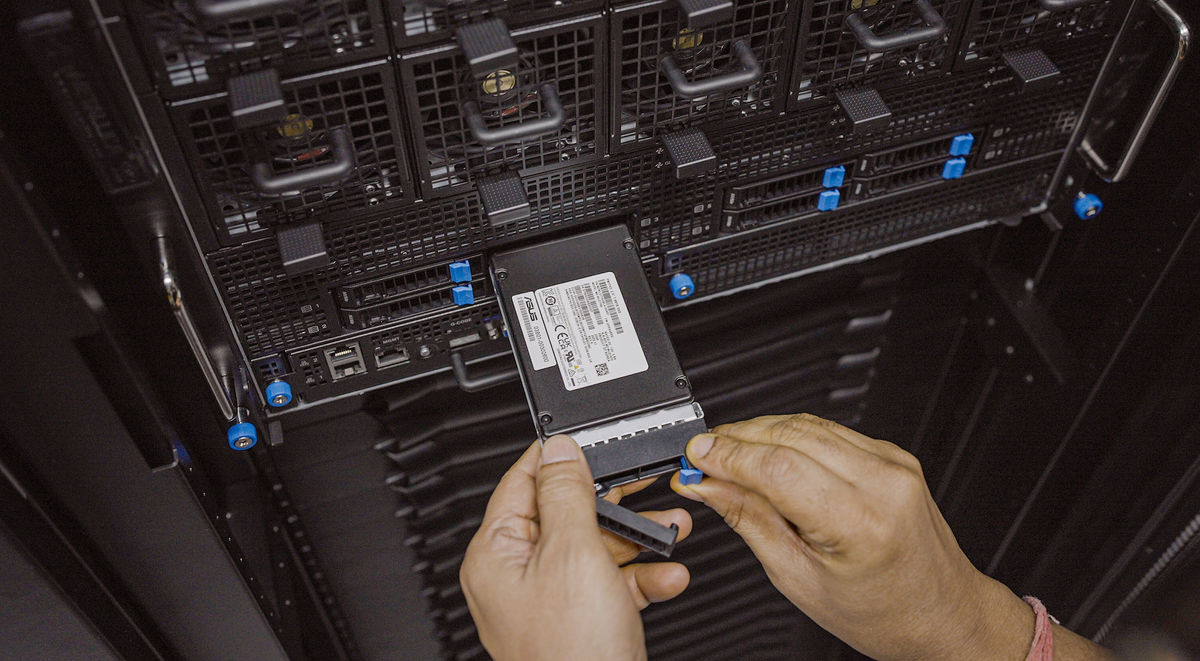 |
$2000 or the equivalent in your local currency is a lot to spend on a camera, especially when you're just starting out. However, if you can spare the funds, it's the price bracket where cameras start to get really good. You can expect powerful but easy-to-use autofocus systems, cameras that make it easier than ever to learn the craft of photography, and even some more advanced and capable options.
While this article used to only consider cameras up to $1500, because of inflation (and, in the US, tariffs), this class of camera has risen in price; if a camera cost $1500 when it was introduced in 2019, its successor may now cost around $1800.
The biggest decision will likely be whether to go with a full-frame camera – a name that comes from their sensors being the same size as a frame of 35mm film – or a camera with a smaller APS-C or Micro Four Thirds sensor.
Essentially, choosing a sensor size comes with trade-offs between size, price, and image quality, as well as features. You can get some pretty advanced cameras in all three sensor sizes for under $2000, so that focus on system price and portability vs. peak image quality is the biggest distinction.
After extensive use, the following cameras would be our picks in this price range:
Our picks:
- Best camera for under $2000: Nikon Z5II
- Enjoyable to shoot with: Fujifilm X-T5
- Most versatile option: Sony a6700
- A fixed prime-lens compact: Fujifilm X100VI
- The affordable kit: OM System OM-5 II
Best camera for under $2000: Nikon Z5II
24MP BSI full-frame sensor | In-body image stabilization | Dual UHS-II card slots
What we like:
- Excellent image quality
- Very good autofocus, for a range of subjects
- Excellent handling, ergonomics and feature set
What we don't:
- Reasonable, but not great, battery life
- Needs to crop to deliver 4K/60
- Lens choice limited by Nikon
It earns its place on this list by being one of the most capable and fully featured full-frame options we've seen at this price point. More expensive options may offer better video, faster burst rates and more bells and whistles, but the Z5II will be more than enough camera for a vast number and variety of photographers. You'll have a hard time outgrowing it.
Read our full review of the Nikon Z5II
See the Nikon Z5II studio scene
The other full-frame options
Canon's entry-level full-frame camera, the EOS R8, used to top this list thanks to its great autofocus and detailed, full-width video. With the Z5II, Nikon has caught up in autofocus performance, and we feel its inclusion of IBIS, better viewfinder, autofocus joystick and larger battery make it a significantly nicer full-frame pick.
We also considered the Sony a7c, which is still available at seemingly tempting prices. However, it's a little hard to recommend in 2025; it's essentially a smaller and less-expensive a7 III, which means it also has less sophisticated autofocus, video and image stabilization, as well as clunky, dated menu design. The a7c also has no front control dial – a feature Sony added to the a7c II – and, most significantly, a very small, low-resolution viewfinder.
A single control dial and lack of EVF also keep the Panasonic S9 from a more prominent position on this list, and it doesn't help that its autofocus isn't quite on pace with Canon, Nikon or Sony's greatest.
Enjoyable to shoot with: Fujifilm X-T5
 |
|
The X-T5 puts control over all your exposure parameters right on the top plate. |
What we like:
- Dedicated dial interface shows your settings
- Detailed 40MP images
- Photo-centric design and feature set
What we don't:
- Autofocus prone to false-positives
- Significant rolling shutter in e-shutter mode
- Smaller buffer, lower-spec video than X-H2
While the X-T5 doesn't have the absolutely best autofocus or highest-end video, we find its user interface, honed over several generations and complete with every dial you could ever ask for, makes it one of the most enjoyable and engaging APS-C cameras to shoot with.
Read our full Fujifilm X-T5 review
See the Fujifilm X-T5 studio scene
Most versatile option: Sony a6700
26MP BSI CMOS sensor | 4K/60p video capture | Fully articulating screen
 |
|
The Sony a6700 combines all-round stills and video capabilities with class-leading autofocus. The standard 16-50mm kit zoom's not great, though. |
What we like:
- Front and rear command dials
- Excellent AF in stills and video
- 4K/120p capture (with crop)
What we don't:
- No AF joystick
- JPEG sharpening can be aggressive
The Sony a6700 is an enthusiast-level APS-C mirrorless camera built around an image-stabilized, 26MP BSI CMOS sensor. It includes an impressive collection of features for both photo and video shooters, and is included on this list because it provides some of the best autofocus you can get in an APS-C camera.
Read our full Sony a6700 review
See the Sony a6700 studio scene
Other APS-C cameras worth considering
The Canon EOS R7 is also an excellent option, providing a high-resolution sensor, great autofocus, and the ability to shoot at up to 15fps. Sigma has also recently started making APS-C lenses for RF mount, giving those who want to go beyond the kit lens more options, though there's still no particularly great telephoto option for sports and wildlife photographers.
A fixed-lens option: Fujifilm X100VI
40MP BSI CMOS APS-C X-Trans sensor | 35mm equiv F2 lens | Hybrid viewfinder
 |
|
The Fujifilm X100VI is a refinement of everything that made the X100V great, but it's still difficult to buy. |
What we like:
- Excellent build quality
- Subject-detection autofocus
- Now with in-body image stabilization
What we don't:
- Lens not especially fast to focus
- Hard to find in stock
While the rest of our selections from this guide have interchangeable lenses, a feature you might demand at this price point, the incredibly hyped-up Fujifilm X100VI also sits just under the $2,000 price range at a new, higher price than its predecessor and is worth considering.
A fixed-lens camera with a 35mm equivalent F2 lens, the X100VI is in active production following its 2024 launch, and so should be somewhat easier to buy than its constantly out-of-stock forebear. The reality, at the moment, is that it too can still quite hard to find.
Updated with in-body image stabilization and a 40MP BSI CMOS APS-C X-Trans sensor, the X100VI is a significant upgrade over its predecessor despite looking virtually identical.
The addition of subject-detection autofocus has given the X100VI the ability to recognize animals, birds, automobiles, motorcycles and bikes, airplanes, and trains though human (face/eye) detection is a separate mode. However, the lens the X100VI shares with the X100V is not the fastest to autofocus, prioritizing sharpness over speed.
If you're looking to make an investment in a camera with a ton of versatility, the X100VI doesn't compete with cameras that support dozens or hundreds of lenses. But for the price point, it's the best at what it does.
Read our Fujifilm X100VI review
The affordable kit: OM System OM-5 II
20MP Four Thirds sensor | Up to 7.5EV stabilization | IP53-rated dust and water resistance
 |
|
The OM-5 II offers a smaller, more rugged alternative to APS-C or full-frame cameras. |
Even smaller than APS-C are Four Thirds sensors. The Micro Four Thirds system uses a sensor one-quarter the size of that in 'full-frame,' which means there'll be an appreciable image quality hit in many situations, and it'll be harder to achieve the blurry backgrounds that full-frame can give. The flipside, though, is a significantly smaller system for which some of the lenses are much less expensive.
The OM System OM-5 II is a compact 20MP image-stabilized Micro Four Thirds mirrorless camera. And while most cameras in this list are around $1500-2000 on their own, you can easily get the OM-5 II and a lens while still staying within that budget. We're still working on our full review of it, but its hardware is very similar to that of the original OM-5, so it should perform identically when it comes to image quality and autofocus.
Read our OM System OM-5 review
See the OM System OM-5 studio scene
Why you should trust us
This buying guide is based on cameras used and tested by DPReview's editorial team. We don't select a camera until we've used it enough to be confident in recommending it, usually after our extensive review process. The selections are purely a reflection of which cameras we believe to be best: there are no financial incentives for us to select one model or brand over another.

 2 months ago
167
2 months ago
167









 English (US) ·
English (US) ·